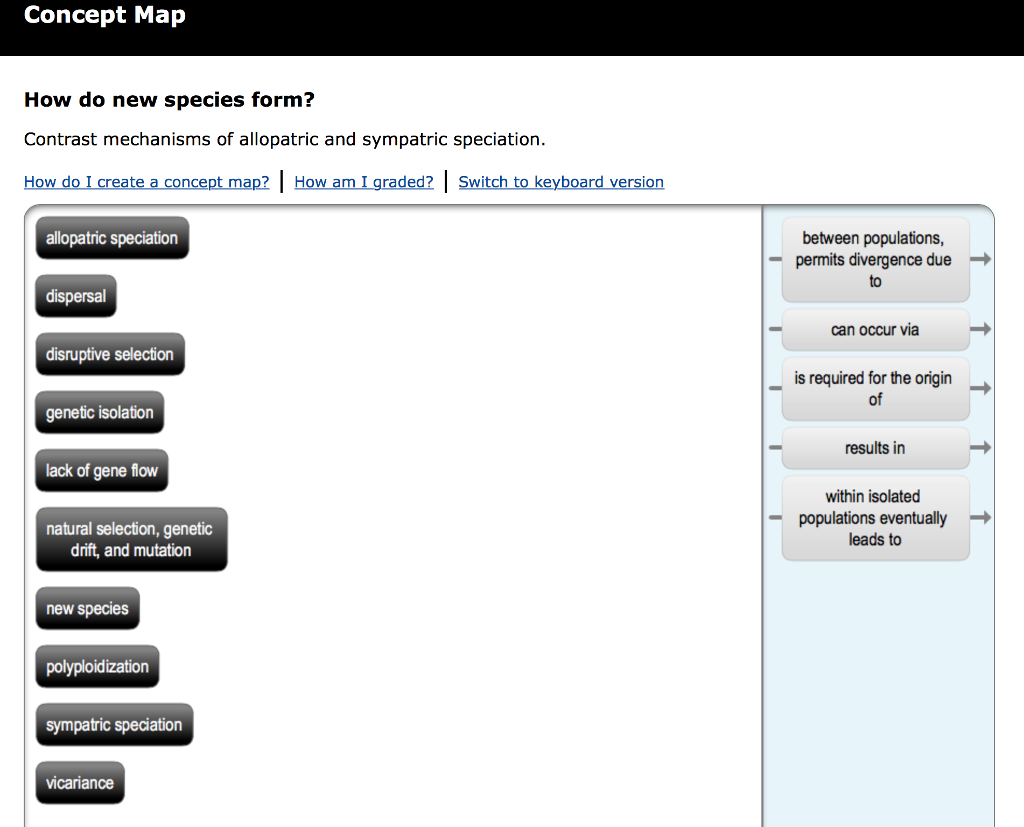

To test for non-allopatric divergence and gene flow in these taxa, we generated sequences using Sanger and Next Generation Sequencing, and combined these with microsatellite data for coalescent-based analyses.

recondita are both endemic to Taiwan and are putative sister species.

The two bat species Murina gracilis and M. Finally we aim at high-lighting that diversification of parasites through intra-host speciation is maybe a prevalent mode of speciation in parasites, as the numerous number of parasite species flocks suggest, and that parasites are also good models for investigating the mechanisms of sympatric speciation.Ĭases of geographically restricted co-occurring sister taxa are rare and may point to potential divergence with gene flow. However, inferring mode of speciation does not help to depict the mechanism of sympatric/intra-host speciation and theoretical model of speciation can be useful to investigate the conditions of sympatric speciation in parasites, as it has been already done for free-living organisms. parasitizing cyprinid fish meets the four conditions required to recognize a case of sympatric speciation, according to Coyne (2007). A recent study illustrates how the diversification of Dactylogyrus spp. The parasite speciates without a corresponding host cospeciation event and this leads to two or more lineages of parasites on single host species. Sympatric speciation is considered when a single host species is infested by a monophyletic parasite lineage. Notice how it takes two generations, or two reproductive acts, before the viable fertile hybrid results.The great majority of studies on host-parasite associations, either theoretical or empirical, have focused on cospeciation and host-switch minimizing the importance of sympatric speciation, a mode of speciation that can be also defined as intra-host speciation. The figure below illustrates one possible way an allopolyploid can form. The prefix “allo-” means “other” (recall from allopatric): therefore, an allopolyploid occurs when gametes from two different species combine. The other form of polyploidy occurs when individuals of two different species reproduce to form a viable offspring called an allopolyploid. These individuals would immediately be able to reproduce only with those of this new kind and not those of the ancestral species. In this way, sympatric speciation can occur quickly by forming offspring with 4 n called a tetraploid. However, they could either self-pollinate or reproduce with other autopolyploid plants with gametes having the same diploid number. These new gametes will be incompatible with the normal gametes produced by this plant species. Polyploidy results from an error in meiosis in which all of the chromosomes move into one cell instead of separating.Īutopolyploidy results when mitosis is not followed by cytokinesis.įor example, if a plant species with 2 n = 6 produces autopolyploid gametes that are also diploid (2 n = 6, when they should be n = 3), the gametes now have twice as many chromosomes as they should have. The prefix “auto-” means “self,” so the term means multiple chromosomes from one’s own species. In some cases, a polyploid individual will have two or more complete sets of chromosomes from its own species in a condition called autopolyploidy (see the figure below). Reproductive isolation is the inability to interbreed. Scientists have identified two main types of polyploidy that can lead to reproductive isolation of an individual in the polyploidy state. Polyploidy is a condition in which a cell or organism has an extra set, or sets, of chromosomes. Loss of genetic material is almost always lethal, so offspring with 2 n+1 chromosomes are more likely to survive. Which is most likely to survive, offspring with 2 n+1 chromosomes or offspring with 2 n-1 chromosomes? Answer In the example shown here, the resulting offspring will have 2 n+1 or 2 n-1 chromosomes Aneuploidy results when the gametes have too many or too few chromosomes due to nondisjunction during meiosis.


 0 kommentar(er)
0 kommentar(er)
